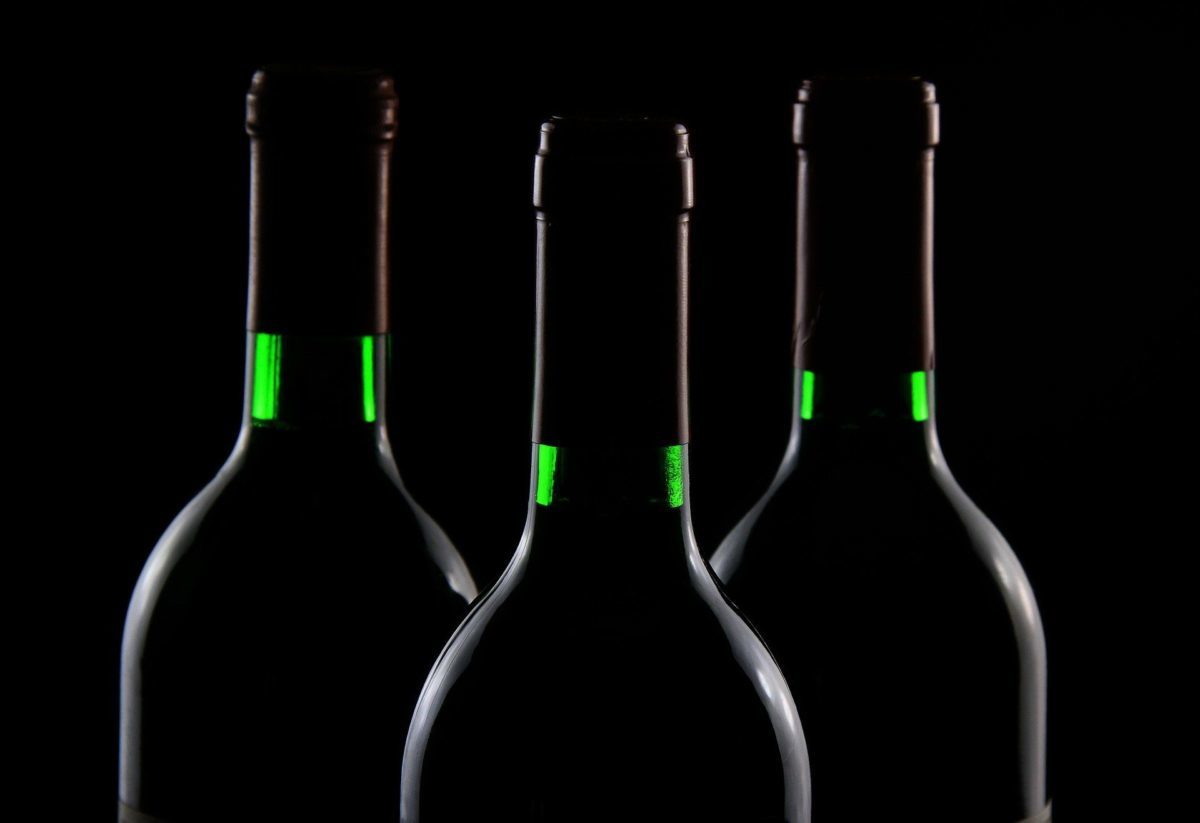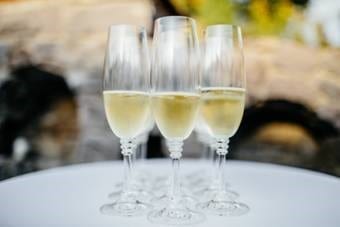Write: Monica Uriel. Journalist
En La Palma, the island that is also beautiful is rich in gastronomy, the Malvasía arises from its volcanic and clay soils, the peculiar tea wine, the famous Palmero cheese is made on farms built inside the caves, and the salt flakes emerges where the volcanic chain enters the sea. From its centuries-old tradition you can visit the only remaining rum distillery and among modern products, the factory of the award-winning Gara craft beer.
The most recent eruption in the Canary Islands occurred in 1971, the Teneguía volcano, at whose feet, in Fuencaliente, south of La Palma, the Teneguía winery has been located since 1947. Its winemaker, Carlos Lozano, explains the peculiarities to Grandes Productos of the volcanic earth.
“Being black, it absorbs the humidity from the air and conserves the rain; it heats up by day and radiates heat at night ”. The wines are "very bright, with a deep yellow tone, complex aromas, more of minerals and honey, and with a bitter finish".
Vineyard on volcanic land
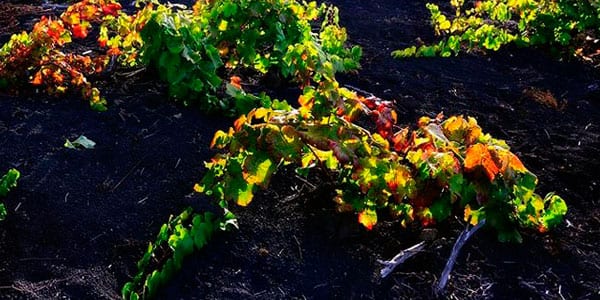
The winery, open to visitors, open since 1947 and which operates as a cooperative and has 260 members, began in 1990 to make monovarietal wine of all autochthonous and pre-phylloxera varieties, since phylloxera never reached the Canaries. The settlers who settled on the island in the 300th century brought varieties such as malvasía, sabro, bujariego, gual, almuñeco, verdello, albillo, negramoll, listán prieto and listán blanco. In almost the entire European continent, these were lost XNUMX years after reaching the island due to the phylloxera crisis (a plague that arrived from America in the XNUMXth century).
La Malvasía on La Palma
The Malvasía, Carlos tells us, “is the queen, because it is sweet, dry, bitter. It has everything and you can work in barrels and without barrels ”. The price per kilo of this grape is 6 euros, the same price as champagne! Teneguía, the largest winery on La Palma, produces up to 400.000 liters of wine per year.
A Malvasía can be had at the nearby Parada bar, along with some almond groats, as well as the traditional Canarian coffee, Barraquito, which has milk, liquor (Licor 43 or Tía María), cinnamon and a piece of lemon peel.
And to eat there is in the area the restaurant La casa del volcano (www.lacasadelvolcan.es), where you can taste typical dishes of the island such as chickpea stew, goat in sauce, roasted Canarian goat cheese or bites of Canarian sweet blood sausage fried with onion. Here is the San Antonio Volcano Visitor Center, where you can walk around its crater, and also do the final stretch of the Ruta de los Volcanes.
Salinas of Fuencaliente
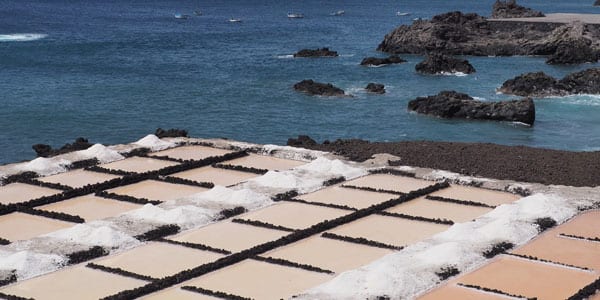
In Fuencaliente, its salt flats are a must (www.salinasdefuencaliente.com), where the purest and most natural salt is produced, known in the Canary Islands as flake salt. Every evening between May and October, these small flakes that emerged at the beginning of crystallization are manually collected, forming fine crystals of pale white and pink tones, and which give rise to their gourmet product, the Flor de Sal. These salt flats, the only ones of the Canary Islands, were built with a mud bottom and a volcanic stone lining in 1967, four years before the eruption of the Teneguía, whose lava river stopped without affecting them, recalls its owner, Fernando Hernández. The Flor de Sal is finer, has more magnesium and less sodium. From these salt flats, open to the public, 600 tons leave a year, and there is salt with mojo, lemon, pepper or red wine.
El Níspero winery

Island wineries
The island is very varied, so in addition to volcanic soil there is also, in the northwest of the island at 1.200 meters above sea level, clay soil where Eufrosina Pérez Rodríguez makes El Níspero wines (www.elnispero.com) with vineyards of his great-grandfather of more than one hundred years.
20 years ago, when he opened the winery, he took up the wine of his childhood, very peculiar and currently only produced by three wineries on the island: tea wine. In this place there is this type of wood and in the tea barrels the wine of the Negramoll variety is between 15 and 30 days.
"It is a different wine because of the history it has and the tea gives it a strong flavor, more body and a few touches of forest, eucalyptus and liquorice", explains Eufrosina. He makes 3.000 bottles of this special wine a year. Eufrosina offers the possibility of visiting the vineyards with a tasting and also a meal based on typical Palmerian dishes, as well as a pairing of 8 wines with tapas.
The winery is located at the foot of the Roque de los Muchachos observatory, the highest point on the island, at 2.426 meters, and one of the places in the world with the best sky for astronomical observation and with the highest concentration of telescopes.
From its viewpoint, you can look at the stars, and also down to the gigantic Caldera de Taburiente, declared a national park and reaching 1.500 meters deep, a must for visitors.
Palmero cheese
Not far from the winery, in Puntagorda, is the largest closed cycle cheese factory on La Palma, Las Cuevas, which makes the prestigious Palmero cheese with raw goat's milk. Of this family cheese factory, which will soon be visited, the ten caves that their owners have removed from the mountain following an ancient tradition so that goats (400 of the palm breed and 550 of the majorera breed) and sheep (200) can eat. and sleep at a good temperature (8 degrees less than outside).
"The caves were the most natural and the cheapest," Albert Gil explains. The key to the success of Palmero cheese is "that the animal eats well, that's the first thing, and here, in addition to grazing -for which it has 80 hectares-, it is given corn, alfalfa and millet." Of the 30 cheese factories on La Palma, about 15 are concentrated in Puntagorda, an area of cliffs. 1.200 liters of milk come out of Las Cuevas a day and last year they made 47.000 kilos of cheese. There are tender, cured, semi-cured, mixed and ewe, and they have received several awards.
Palmero cheese in maturation. Las Cuevas Cheese Factory
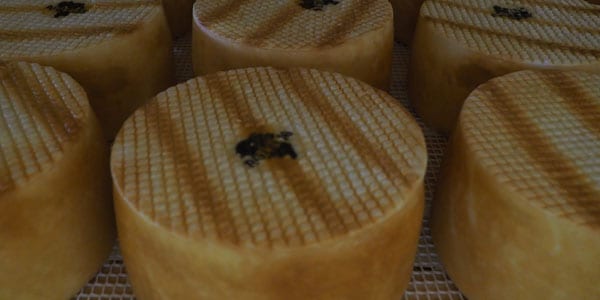
To visit the only rum distillery that remains on La Palma you have to go to Sauces, where Ron Aldea is located (new.destileria.es), which the Quevedo family began to make in Gran Canaria in 1936, from which the still is still used and which can be seen during the visit. The method used is the juice of the freshly ground cane and not the molasses. It is known that Christopher Columbus took the first sugar cane stalks to America on his second trip from the Canary Islands. Ron Aldea uses as raw material the sweet cane grown in San Andrés y Sauces. Most of the sugarcane was replaced by the banana, a monculture that has been consolidated since the last century and to which La Palma has dedicated a museum.
Aldea Rum Distiller
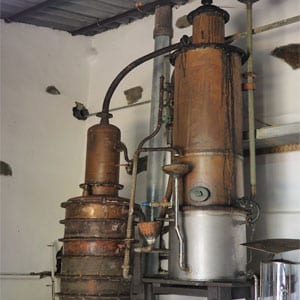
La Palma sugar cane
The exploitation of sugar cane made foreign trade flourish and between the XNUMXth and XNUMXth centuries, the time of its greatest peak, many ships loaded with sugar left La Palma for Amsterdam, returning with works of art for the churches.
An old sugar plantation from the XNUMXth century has been converted into a hotel-museum, the Hacienda de Abajo (www.hotelhaciendadebajo.com), which houses a thousand of those works of art and is located in Tazacorte, the Spanish municipality with the most hours of sunshine, which increases banana productivity.
The exquisite hotel, opened in 2012, with 32 rooms, also makes its own wine from vineyards planted on 3 hectares in which old varieties have been recovered.
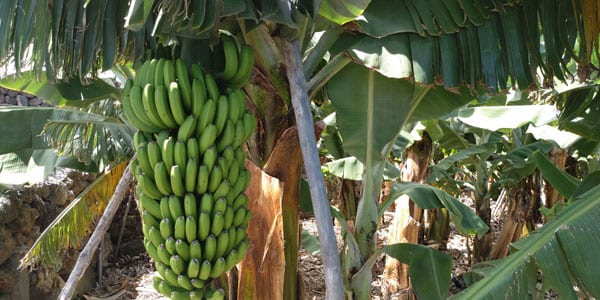
Gara beer
From the old to the modern you get to Gara craft beer (beergara.es), which has been made for 7 years on the island, in Los Llanos de Aridane, and has already received numerous awards. It is made with the water from La Palma, which gives it its unique characteristics, as it is "the only soft water in the Canary Islands and very rich, since it is filtered by the volcanic earth," says its owner, Orlando Vargas. Gara (Aboriginal name that means rock or rock) uses malt and hops from Germany and produces 300.000 liters a year of lagers and Ales, highlighting its black beer Tomasa, an excellent dunkel bock.
Gara craft beer factory
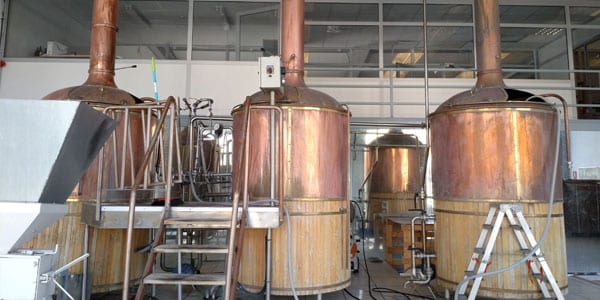
En La Palma there is another craft brewery, Isla Verde, which has a restaurant in Tijarafe. In it you can find the blonde Rogue and the black Devil Dance. Near Los Llanos, in El Paso, is the Ismail rural house. It is one of those that can be found through the Rural Tourism Association of La Palma (islabonita.com). The agency Viajes Oasis (www.oasislapalma.com).




